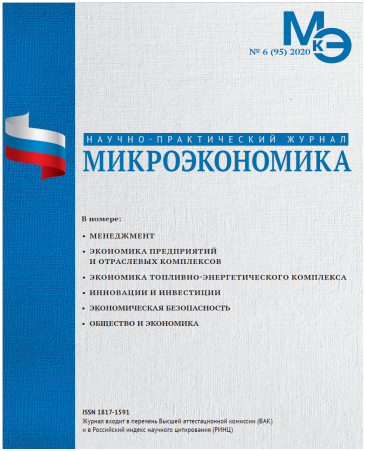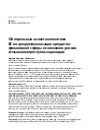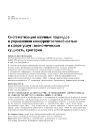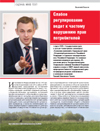Current Situation in Chinese-American Relations and Its Impact on the World and Development of Russian-Chinese Cooperation
DOI: 10.33917/es-7.173.2020.6-13
The article, which represents the abstracts of the author’s report at the Expert Dialogue “International agenda and conjugation of the Eurasian Economic Union and the Chinese One Belt One Road Initiative in the context of profound changes” (EEC, September 16, 2020), examines the current state of the Chinese-American relations, prospects of Russian-Chinese cooperation within the framework of “One Belt, One Road”, “Great Eurasian Partnership” programs




















